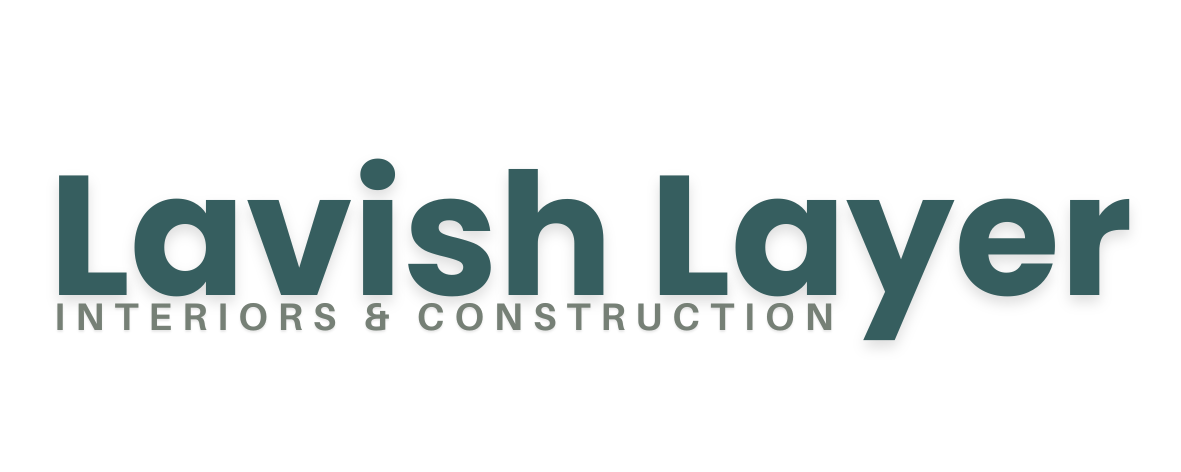When embarking on a construction project, whether it’s a new home, an office renovation, or a commercial space, one of the most critical decisions you’ll face is choosing the right construction delivery method. Two popular options are Design-Build and Traditional Construction. Each approach has its unique benefits and drawbacks, so understanding them can help you make an informed choice. Let’s delve into both methods to see which might be the best fit for your project.
Understanding the Basics
Traditional Construction
In the traditional construction method, the project is typically divided into two main phases: design and construction. This approach involves hiring separate entities for each phase:
- Design Phase: An architect or designer creates detailed plans and specifications.
- Construction Phase: Once the design is complete, a general contractor is brought on to execute the project based on the provided plans.
This method allows for a clear separation of responsibilities, which can be beneficial if you prefer a hands-on approach during the design phase.
Design-Build
The design-build method streamlines the process by combining both design and construction under a single contract. Here, a design-build firm is responsible for both the design and the construction, allowing for greater collaboration and communication throughout the project.
Pros and Cons
Traditional Construction
Pros:
- Clear Roles: With separate contracts, it’s easier to pinpoint accountability.
- Detailed Design: Architects focus solely on design, often resulting in highly detailed plans.
- More Control: Owners can make changes in the design phase without involving the contractor until later.
Cons:
- Longer Timeline: The separation of phases can lead to longer project timelines.
- Increased Costs: Potential for cost overruns if changes are made during construction.
- Communication Challenges: Miscommunication between the design and construction teams can lead to issues.
Design-Build
Pros:
- Streamlined Process: Combining design and construction can significantly reduce project timelines.
- Cost Efficiency: Early collaboration can identify potential cost savings and reduce change orders.
- Improved Communication: A single team fosters better communication, reducing misunderstandings.
Cons:
- Less Owner Control: Owners may have less direct control over the design process.
- Potential for Compromises: Designers might prioritize cost savings over creative solutions.
- Limited Choices: The design-build team’s selection of subcontractors may limit options.
Which is Right for Your Project?
The decision between design-build and traditional construction largely depends on your project’s specific needs and your preferences as an owner. Here are a few questions to consider:
- What is Your Timeline? If you’re looking for a faster completion, design-build may be the way to go. Traditional methods typically require more time due to the sequential phases.
- What is Your Budget? If cost control is a priority, design-build can often help you stay within budget thanks to better communication and early identification of potential issues.
- How Involved Do You Want to Be? If you want to have a significant say in the design process, traditional construction might suit you better. However, if you prefer a more hands-off approach, design-build could be ideal.
Conclusion
Both design-build and traditional construction have their merits, and the best choice for your project will depend on various factors, including your goals, timeline, and budget. At Lavish Layer Interiors, we understand that each project is unique, and we’re here to help you navigate these options to find the perfect solution for your needs. Whether you choose design-build or traditional construction, our team is committed to delivering high-quality results that exceed your expectations.
If you’re ready to discuss your upcoming project, contact us today! Let’s transform your vision into reality.
